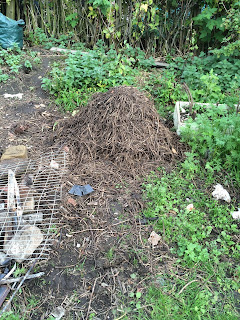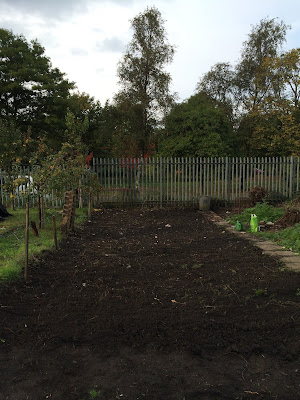Change of Plan

Allotmenteering is a lot like life: no matter how careful your plans, how well thought-out your projections, you will likely have to change them in light of what you find-out as you progress. And so it is with the shape of the allotment t hat I had in mind a month ago . Now it's beginning to shape up more like this: The shed and the poly tunnel are now to scale, (6x4ft, and 10x6 respectively), as is the comfrey bed. The size of the pond is an estimate , based on its being 1 metre deep.










